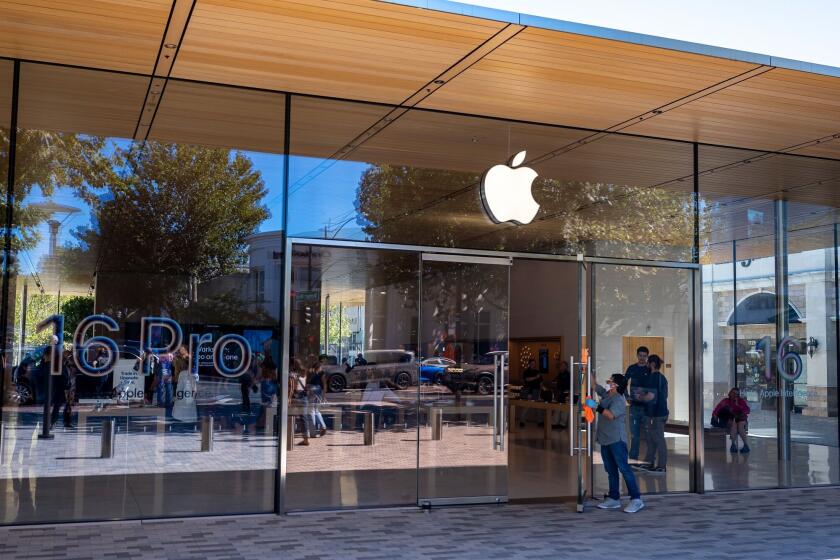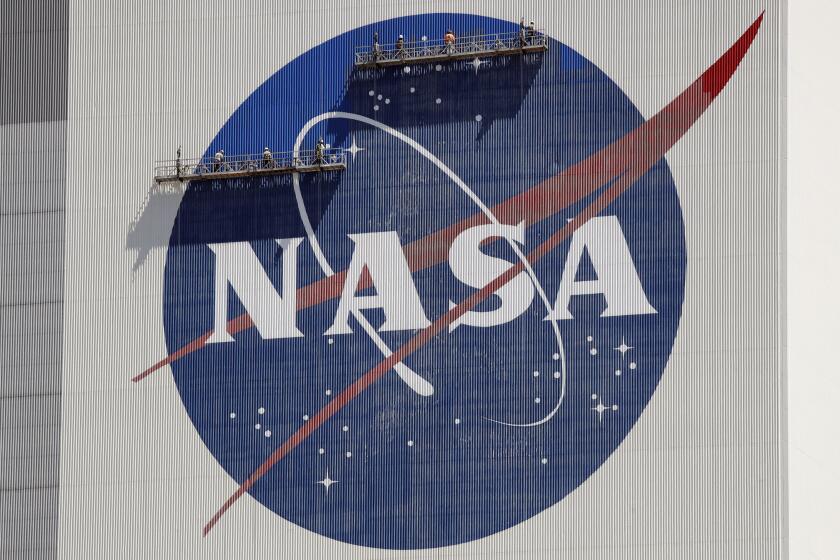In short, marketing works
- Share via
The pharmaceutical industry defends its promotional spending as a service to science, physicians and patients. Advertising to patients helps motivate them to improve their health, manufacturers say, and detailing doctors keeps them abreast of new therapies and scientific advances.
Those activities also, indisputably, boost sales. As marketing budgets climbed toward a 2006 high of $28 billion, sales of prescription drugs have never been higher. According to estimates published by the Kaiser Family Foundation, the number of individual prescriptions filled in the United States rose from 2.9 billion in 1999 to 3.7 billion in 2006; in 1994, Kaiser calculated that each American filled on average 7.9 prescriptions per year, including refills; by 2005, that number had risen to 12.4.
For every 10% increase in direct-to-consumer advertisements within a class of similar drugs, sales of drugs in that class (say, antidepressants or erectile dysfunction drugs) went up 1%, Kaiser found in a 2003 study. In 2000, direct-to-consumer advertising alone boosted drug sales 12%, at an additional cost of $2.6 billion to consumers and insurers.
Of more than 10,000 drugs on the U.S. pharmaceutical market, half of all marketing budgets are used to promote 50 brand-name medications, according to a 2003 study in the journal Clinical Therapy. And those 50 drugs are the ones that sell the best.
Prodding patients to prod their physicians, apparently, works. In 2006, a Kaiser Family Foundation survey of 834 office-based physicians found that 28% of doctors said patients “frequently” asked for prescription drugs by name after seeing an advertisement. Although about half said they typically responded by suggesting lifestyle changes, 14% of the physicians said they would, in many cases, prescribe a different drug in the same class as the one the patient requested. And 5% readily acknowledged that they frequently would prescribe the drug the patient requested.
Physicians see marketing’s effects on their patients every day. But ask the doctors whether the marketing influences their clinical judgments or prescribing behavior, and a chill will descend upon the room, say those who have run the experiment.
“Physicians are heavily socialized to believe that they have risen above the normal human foibles,” said Harvard University’s David Blumenthal, co-author of the most recent survey detailing doctor-drug company interactions. “They clearly recognize that physicians are human and subject to normal human influences; they just have a lot of trouble seeing themselves as subject to that.”
Not immune to marketing
Blumenthal finds it revealing that most physicians do not extend to their colleagues the same trust. In a widely cited 2001 study published in the American Journal of Medicine, 84% of young physicians surveyed said they believed that drug industry promotions, including gifts and meals, influenced the prescribing practices of fellow physicians. Although most of these doctors acknowledged they were besieged by back-slapping, sample-toting, gift-giving drug representatives, 61% said they considered themselves immune to marketing’s effects.
They are not. A 1994 study found that hospital-based doctors were more likely to request the addition of brand-name prescription drugs to their institution’s medicine chest after they had met with sales representatives detailing those drugs. Studies published in 1988 and 1992 found that physicians who attended continuing medical education programs sponsored by drug companies, or who accepted funding for travel and lodging to attend them, were significantly more likely to prescribe that company’s drug than those who did not. Several studies have found that physicians who accept and hand out free samples to their patients are far more likely to prescribe those drugs than those who don’t take or have no access to samples.
Last April, the online medical journal Public Library of Science published a study tracking the effect of doctor-detailing by sales reps working for Warner-Lambert, maker of the anti-epileptic drug Neurontin. The study showed that, following even a brief encounter with a marketing representative detailing Neurontin, almost half of the 97 physicians examined found their briefings highly educational (even when research evidence presented was scant or poor) and indicated they would step up prescriptions of the drug.
Dr. Andrew Leuchter has spent much of the last two years heading a UCLA committee convened to redraft guidelines for physicians’ interactions with drug companies. He has faced the skepticism of physicians when the subject of drug company influence is raised.
“They ask, ‘Do you really think that my medical decision-making can be influenced by the fact that someone bought me a pizza?’ ” Leuchter said. “They’re quite sobered” when confronted with the mounting pile of evidence that it can, he added.
Subtly powerful
Dr. Kurt Stange, the editor of the Annals of Family Medicine who called for an end to consumer advertising of drugs, said the effects of a detailing visit can be subtle. But, he added, these encounters are made all the more powerful when physicians either deny or ignore their influence.
“You’re not overtly thinking, ‘I’m going to prescribe this drug because I got a pen,” Stange said. “You’re just thinking, ‘What will help this patient?’ and you’ve been bombarded with advertisements, and the name is always before you. . . . You have to have a fair amount of self-awareness to notice that.”
In the end, advocates of reform say, there is no stronger evidence that drug marketing influences behavior than the simple fact that drug companies do market their products -- and that they are spending more money doing it than ever before. The makers of the nation’s bestselling drugs field on average 4,000 sales representatives to detail doctors, staff booths at medical meetings and organize trips and meals for doctors, and spend more than $1 billion per year to market drugs to physicians alone. They spend, all told, roughly $5 billion a year to advertise directly to consumers. Though they are not counted in marketing budgets, the funds they dispense to support research, medical professional organizations and patient-advocacy groups run into the billions.
In terms of cold, hard return-on-investment, that money was well spent, says a study unveiled in 2001. Tracking prescription sales for 391 drugs and company marketing budgets from 1995 through 1999, Dartmouth College marketing professor Scott Neslin has calculated, down to the penny, how well increases in marketing pay off.
Each additional dollar spent on advertising in medical journals brought $5 worth of sales of a drug, Neslin found, and an extra dollar devoted to sponsorship of continuing medical education and professional meetings yielded an average of $3.56 in sales. A dollar spent on physician-detailing generated sales, on average, was worth $1.72. But in the case of the most aggressively marketed drugs, that dollar generated sales of more than $10.
Appealing directly to consumers was lucrative, Neslin found, but a little less than wooing physicians. Each dollar spent on direct-to-consumer advertising generated, on average, increased sales of $1.37.
Such calculations flesh out a self-evident truth, said, UCLA’s Dr. Martin Shapiro, a past president of the Society of General Internal Medicine and an advocate of reform in the relationship: “These are large and sophisticated organizations. . . . They would not be spending that money if it didn’t work.”
More to Read
Inside the business of entertainment
The Wide Shot brings you news, analysis and insights on everything from streaming wars to production — and what it all means for the future.
You may occasionally receive promotional content from the Los Angeles Times.










